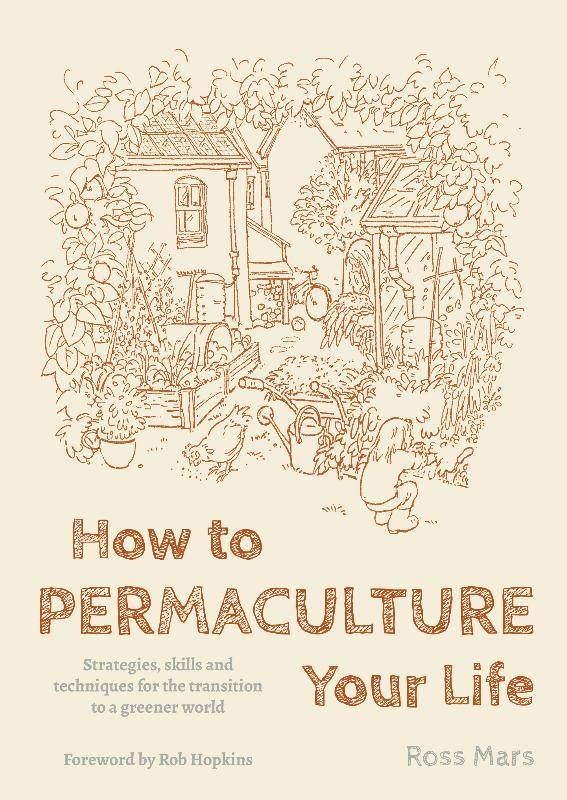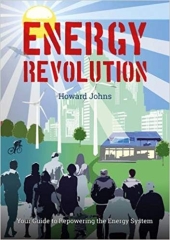Source: PermanentPublications
Publisher:
Permanent Publications
Summary
From Permanent Publications: "Caught between climate change and a fossil fuel-driven economy that demands ever more growth, the world faces a great transition – by design or disaster – away from fossil fuels to a less energy intensive future. But what proven tools are available to aid in making a successful, deliberate transition to a resilient, sustainable future?
How to Permaculture Your Life is a great resource book for everyone interested in Transition, permaculture and more self-reliant and satisfying lifestyles. It is packed with information on permaculture design principles, soil building, nutrient-dense food growing, including top plant and tree selections for all climatic zones. Coverage extends to rainwater harvesting and irrigation, human waste management, and strategies for rural properties plus a unique focus on applying permaculture to small urban spaces for decluttering and efficient food growing. Also covered are hand tools, food preservation, energy production, and low-carbon housing and a plethora of nearly forgotten skills such as soap making, basket weaving, seed saving, and rope and candle making, and more.
On the desert island of a world in decline this is the one-stop guide to vibrant, resilient living you’ll want to take with you."
Where to get it?
Amazon.com
Amazon.ca
Amazon.co.uk
Amazon.com.au
Permanent Publications
Related Videos
Related Threads
Transition towns forum
Permaculture design forum
Related Websites
Ross Mars Author Page at Permanent Publications
Candlelight Farm 
 1
1





 5
5














